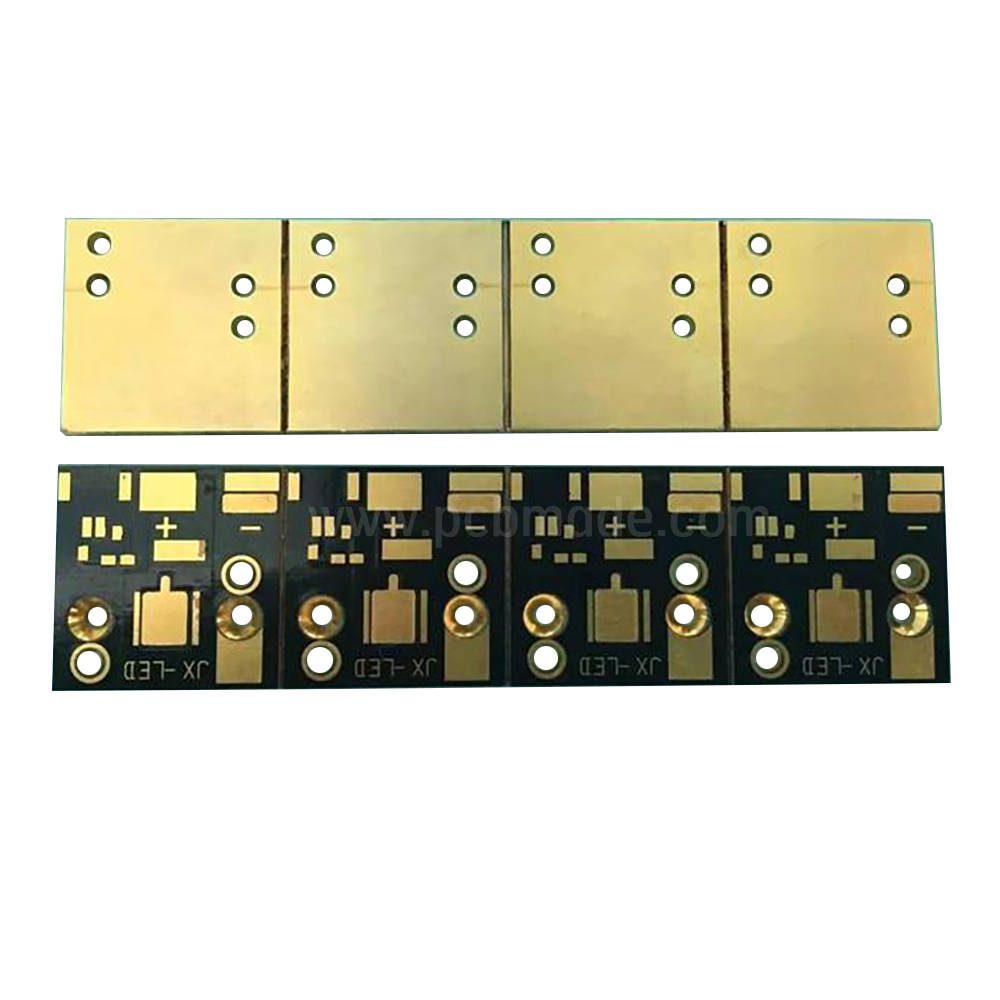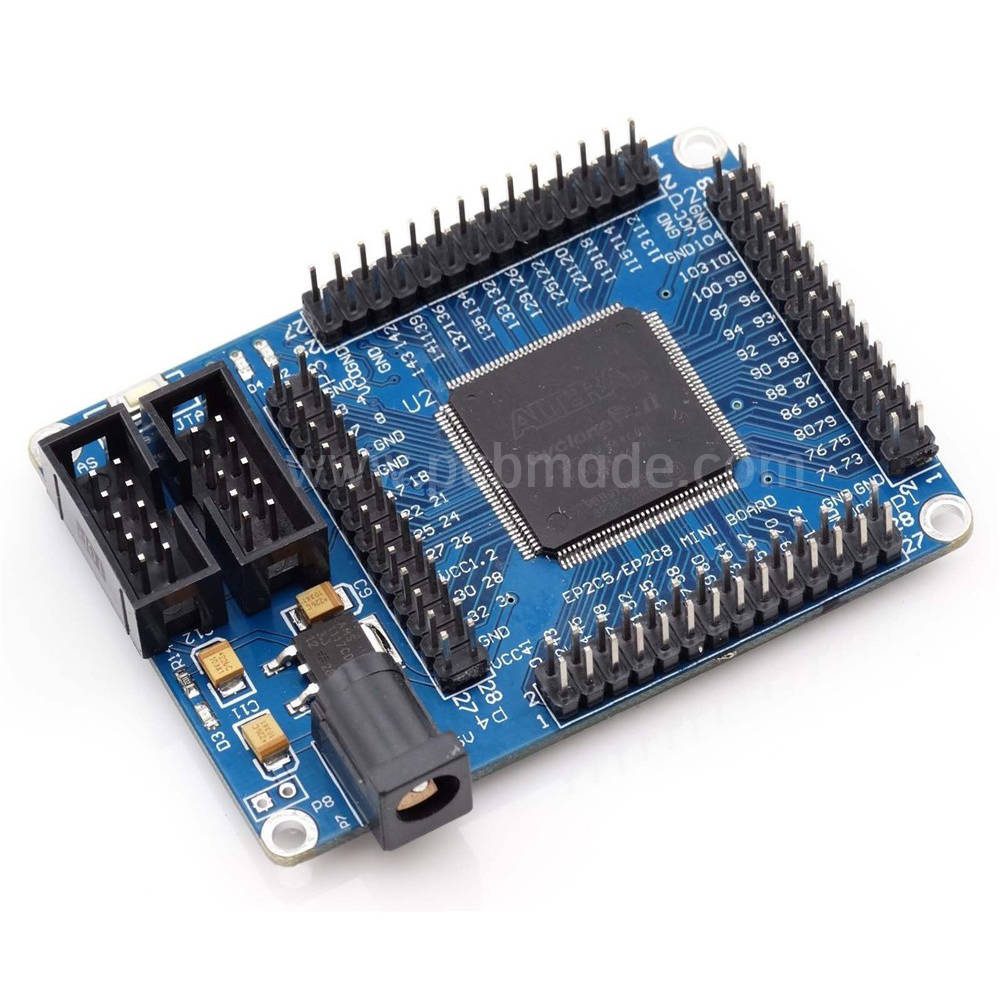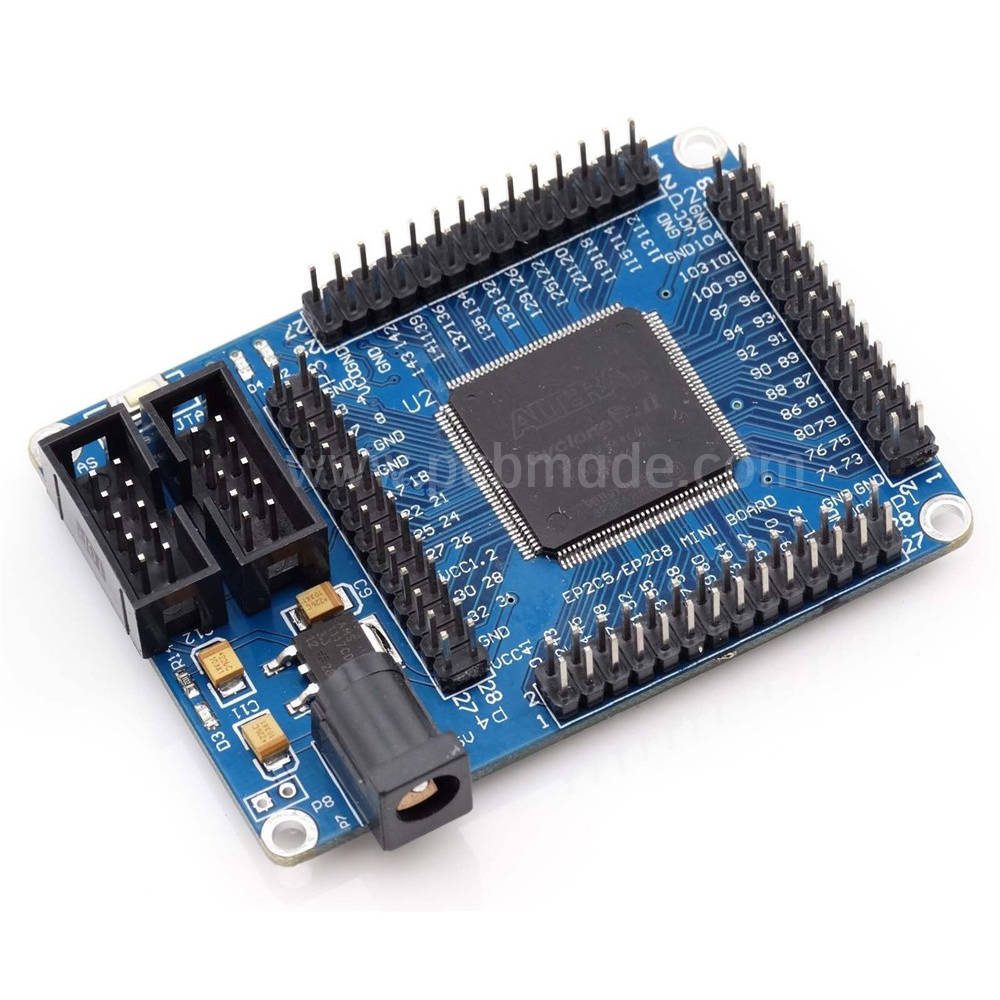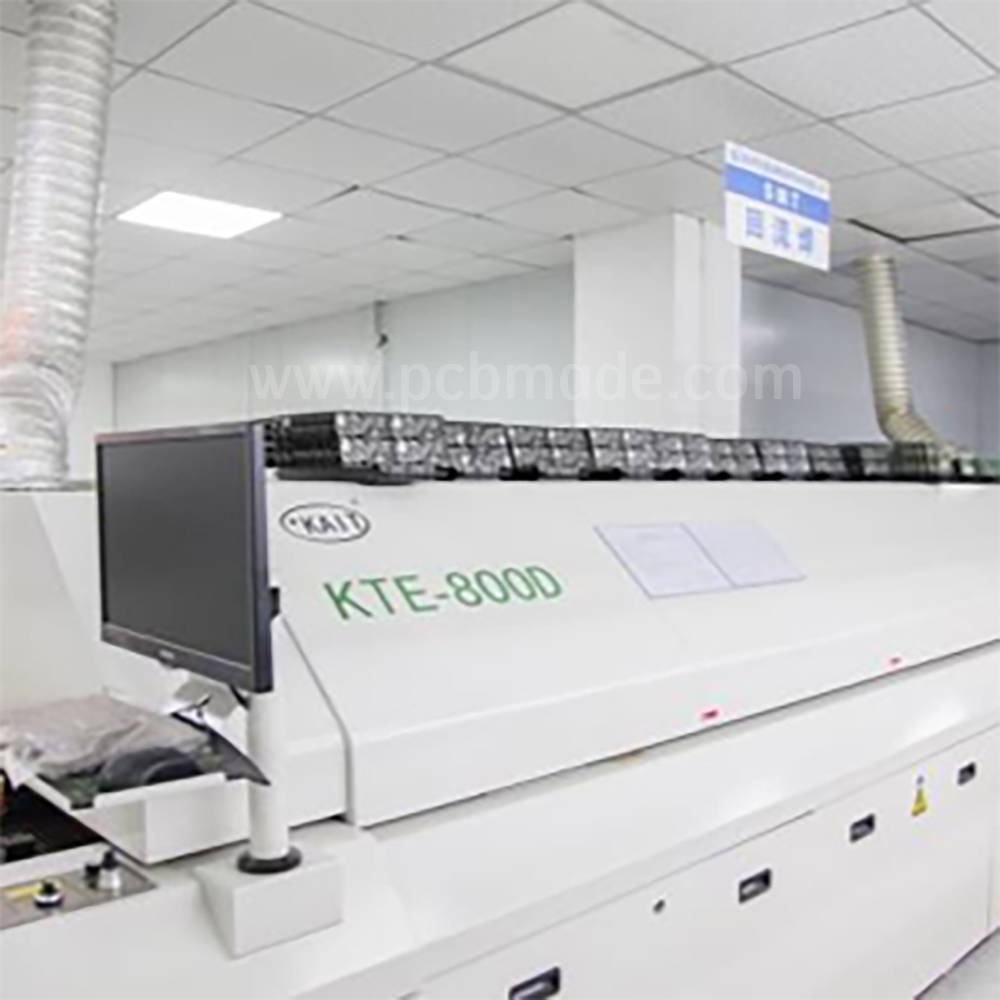In PCB design, edge safety distance refers to the distance between the edge of the PCB board and the nearest component or wire. A suitable edge safety distance can ensure the stability and reliability of the circuit board, and reduce potential interference and damage risks.
Usually, the size of the edge safety distance depends on the following factors:
1. Layers of PCB board: Multilayer PCB boards usually require a larger edge safety distance to ensure that there is no interference between the signal and power layers between different layers.
2. Component type: Higher components (such as electrolytic capacitors) may require a larger edge safety distance to prevent heat accumulation and potential short circuits.
3. Environmental conditions: If the PCB board will be used in harsh environments such as high temperature or high humidity, a larger edge safety distance can provide better protection.
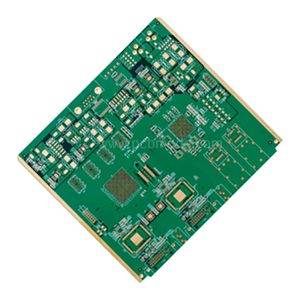

Based on general experience, it is recommended to set the edge safety distance to at least 1.5mm. However, the specific edge safety distance should be adjusted according to your design requirements, component specifications, and manufacturing capabilities. In practical design, you can refer to the recommendations or specifications of PCB manufacturers to ensure compliance with best practices and standards.
It should be noted that in addition to the edge safety distance, there are other factors that need to be considered, such as the spacing between components, pad size, etc. Taking into account these factors, you can design high-quality PCB boards that meet the requirements.






